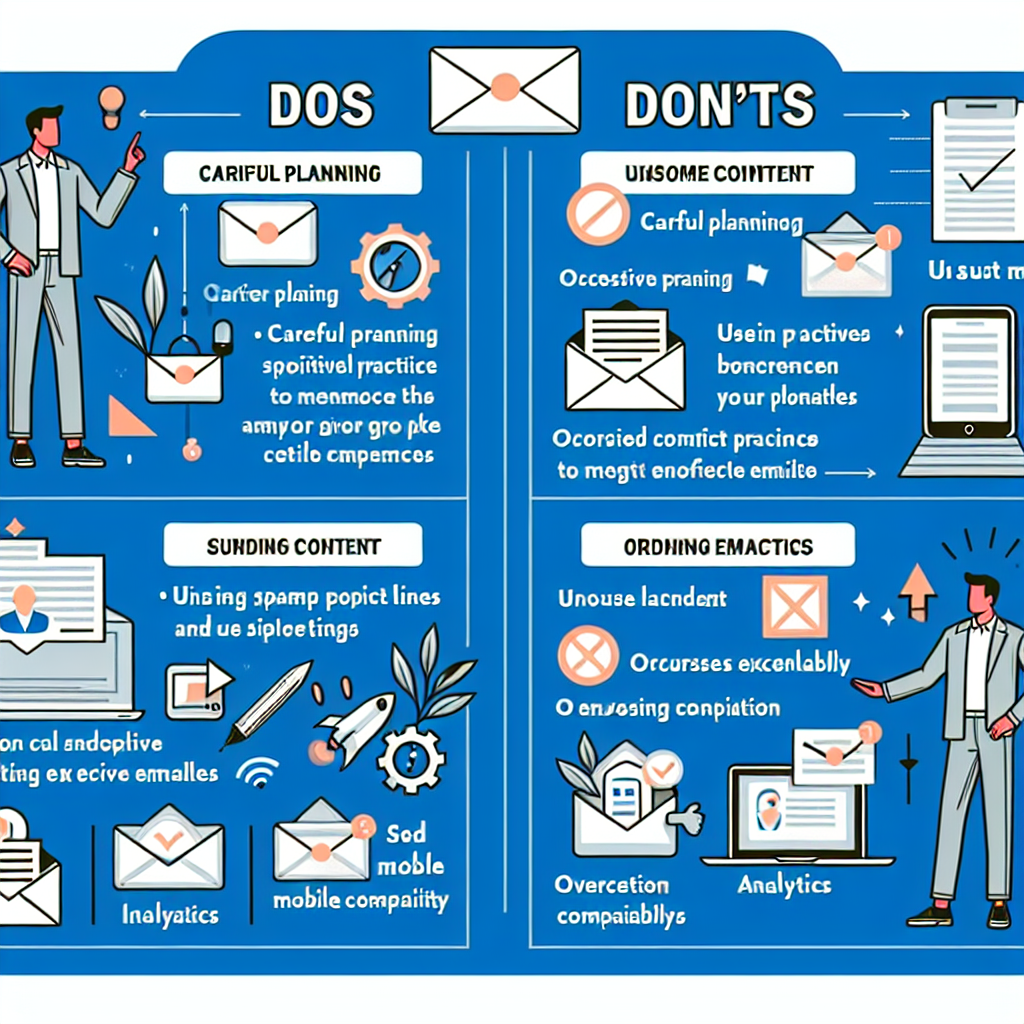Email Deliverability: How to Ensure Your Emails Reach the Inbox
Email marketing remains one of the most effective ways to engage with your audience, but only if your emails actually reach their intended recipients. Ensuring that your emails land in the inbox rather than the spam folder is crucial for the success of your email campaigns. In this post, we will explore key strategies to improve your email deliverability, backed by data and actionable tips.
Understanding Email Deliverability
Email deliverability refers to the ability of an email to successfully reach the recipient’s inbox. Various factors can influence deliverability, including sender reputation, email content, recipient engagement, and technical configurations. According to a 2021 report by Validity, the average global inbox placement rate is around 83%, meaning that 17% of emails never make it to the inbox.
Sender Reputation
Your sender reputation is one of the most critical factors in email deliverability. ISPs (Internet Service Providers) use your sender reputation to determine whether your emails should be delivered to the inbox, spam folder, or blocked entirely. Here are some ways to maintain a strong sender reputation:
- Authenticate your emails: Use SPF, DKIM, and DMARC protocols to authenticate your emails. This helps ISPs verify that your emails are not spoofed.
- Maintain a clean email list: Regularly clean your email list to remove invalid and inactive email addresses. High bounce rates can hurt your sender reputation.
- Monitor blacklists: Regularly check if your sending IP or domain is listed on any blacklists and take steps to get delisted if necessary.
Email Content
The content of your email plays a significant role in deliverability. ISPs use sophisticated algorithms to analyze the content of your emails and determine whether they are spammy. Here are some tips for creating high-quality email content:
- Use a recognizable sender name: Ensure that your sender name is easily recognizable to your recipients. This helps build trust and reduces the likelihood of your emails being marked as spam.
- Create engaging subject lines: Avoid using spammy words and excessive punctuation in your subject lines. Instead, focus on creating engaging and relevant subject lines that encourage recipients to open your emails.
- Provide valuable content: Ensure that your email content is relevant and valuable to your recipients. Avoid using too many images or links, as this can trigger spam filters.
Technical Configurations
Proper technical configurations are essential for ensuring email deliverability. Here are some technical aspects you should focus on:
SPF, DKIM, and DMARC
SPF (Sender Policy Framework), DKIM (DomainKeys Identified Mail), and DMARC (Domain-based Message Authentication, Reporting, and Conformance) are authentication protocols that help ISPs verify the legitimacy of your emails. Implementing these protocols can significantly improve your email deliverability.
- SPF: SPF allows you to specify which IP addresses are authorized to send emails on behalf of your domain. This helps prevent email spoofing.
- DKIM: DKIM adds a digital signature to your emails, allowing ISPs to verify that the email has not been tampered with during transit.
- DMARC: DMARC builds on SPF and DKIM by providing a way for domain owners to specify how ISPs should handle emails that fail authentication checks.
IP Warming
If you are using a new IP address to send emails, it is essential to warm up the IP gradually. IP warming involves gradually increasing the volume of emails sent from the new IP address over time. This helps build a positive sender reputation with ISPs and reduces the risk of your emails being marked as spam.
Recipient Engagement
ISPs consider recipient engagement metrics, such as open rates, click-through rates, and spam complaints, when determining email deliverability. Here are some ways to improve recipient engagement:
Segment Your Email List
Segmenting your email list allows you to send more targeted and relevant emails to your recipients. This can lead to higher engagement rates and improved deliverability. Consider segmenting your list based on factors such as:
- Demographics
- Purchase history
- Email engagement history
Personalize Your Emails
Personalized emails tend to perform better than generic ones. Use data such as the recipient’s name, purchase history, and preferences to create personalized email content. According to a study by Experian, personalized emails deliver 6x higher transaction rates.
Encourage Interaction
Encouraging recipients to interact with your emails can improve engagement metrics. Include clear calls-to-action and interactive elements, such as polls or surveys, to encourage recipients to engage with your emails.
Monitoring and Analytics
Monitoring your email deliverability metrics and analyzing the performance of your email campaigns is crucial for identifying and addressing deliverability issues. Here are some key metrics to monitor:
Open Rates
Open rates indicate the percentage of recipients who opened your email. Low open rates can suggest that your emails are not reaching the inbox or that your subject lines are not engaging enough.
Click-Through Rates (CTR)
CTR measures the percentage of recipients who clicked on a link within your email. A low CTR can indicate that your email content is not engaging or relevant to your recipients.
Bounce Rates
Bounce rates indicate the percentage of emails that were not delivered to the recipient’s inbox. High bounce rates can hurt your sender reputation and negatively impact deliverability.
Spam Complaints
Spam complaints occur when recipients mark your email as spam. High spam complaint rates can significantly damage your sender reputation and lead to your emails being blocked by ISPs.
Conclusion
Ensuring that your emails reach the inbox requires a combination of best practices, including maintaining a strong sender reputation, creating high-quality email content, implementing proper technical configurations, and improving recipient engagement. By monitoring and analyzing your email deliverability metrics, you can identify and address any issues that may arise. By following the strategies outlined in this post, you can improve your email deliverability and maximize the effectiveness of your email campaigns.

